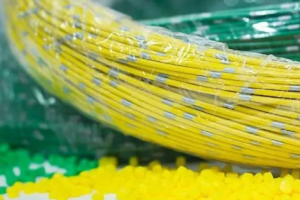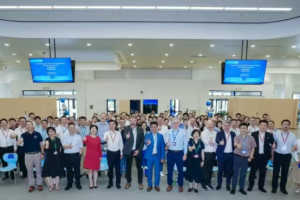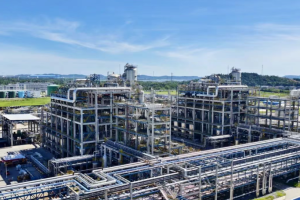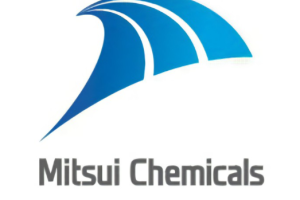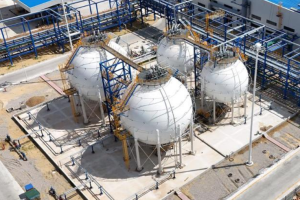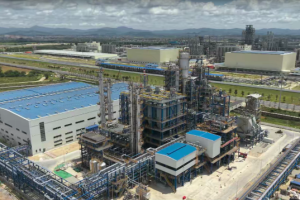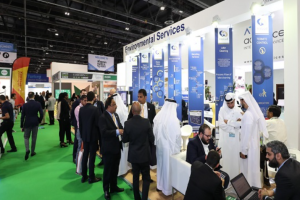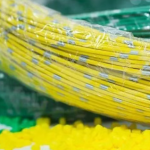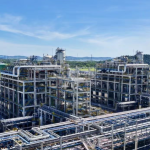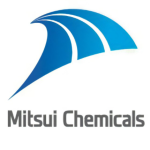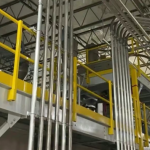May 28, 2025 – The second half of the 2020s has witnessed a rapid rise of compostable biopolymer packaging, emerging as a pivotal driver of transformation in the packaging industry. With increasingly stringent regulations, heightened consumer environmental awareness, and continuous technological innovations, this sector is reshaping the global landscape of sustainable development.
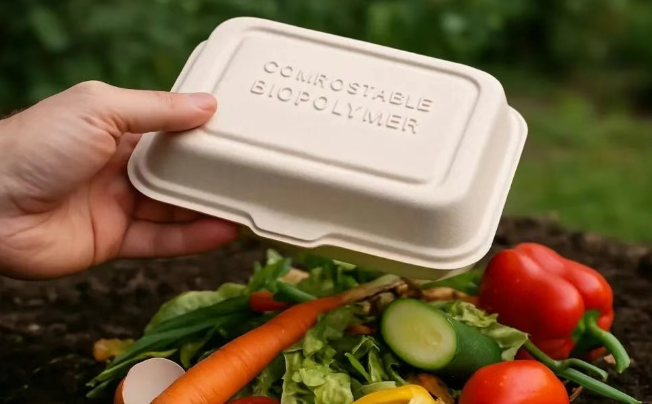
According to insights from the Color Masterbatch Industry Network, 2025 is marked as a critical year for the advancement of sustainable packaging. Single-use plastic bans in regions like the EU, coupled with similar initiatives in North America and Asia, are prompting global brands to accelerate the adoption of compostable packaging solutions. This shift aims to meet compliance requirements and address consumers’ growing environmental expectations. Industry leaders such as Novamont and NatureWorks LLC are actively expanding their product lines during this period. For instance, Novamont’s Mater-Bi series and NatureWorks’ Ingeo PLA are designed to cater to the surging market demand for compostable packaging materials.
Technological innovation stands as the core of compostable biopolymer packaging development in 2025. Companies are focusing on developing new biopolymer blends to enhance material properties, including mechanical strength, barrier performance, and compostability. Notable examples in this field include BASF’s ecovio® and TotalEnergies Corbion’s Luminy® polylactic acid (PLA), which can meet diverse packaging needs ranging from films to rigid containers while ensuring compliance with international compostability standards.
Looking ahead, the market for compostable biopolymer packaging holds substantial promise. It is projected that global bioplastic production capacity will experience significant growth by 2030, with compostable biopolymers occupying a major share. Key industry players are actively scaling up production and investing in research and development to improve material performance and cost competitiveness. Regionally, companies like Italy’s Novamont, the U.S.-based NatureWorks LLC, and TotalEnergies Corbion in Asia are at the forefront of driving the development of compostable biopolymer packaging.
Nevertheless, challenges persist. The availability of composting infrastructure and the clarity of product labeling remain critical bottlenecks hindering the widespread adoption of compostable packaging. Industry leaders are collaborating closely with waste management organizations to address these issues, ensuring that compostable packaging can deliver its intended environmental benefits.
In summary, 2025 represents a landmark year for compostable biopolymer packaging. Driven by regulatory pressures, consumer demand, and technological advancements, the sector is experiencing a strong trend toward mainstream adoption, continuously fostering innovation and development across the entire value chain.

